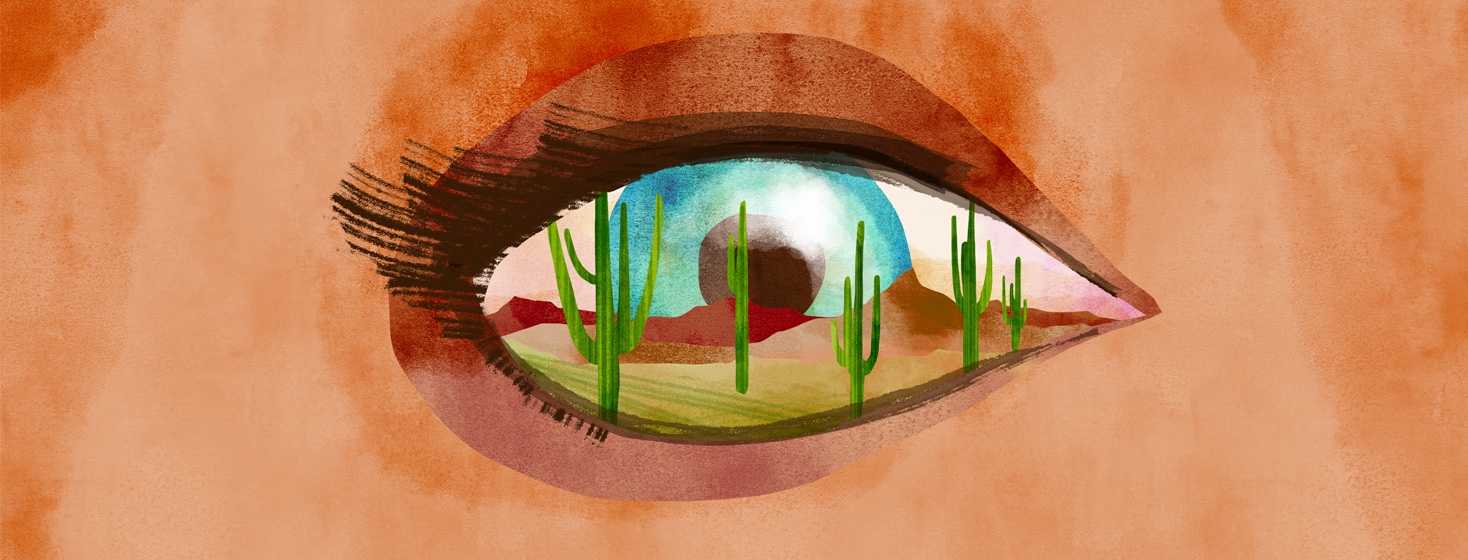Dry Eye Therapies for MG
Most people have experienced the unpleasant feeling of dry eyes. It is a common complaint I hear from patients at the pharmacy. People with myasthenia gravis (MG) are more likely than the general population to experience dry eye conditions. In fact, up to 21 percent of people with MG suffer from dry eyes.1
The following article will outline various treatment options - prescription and non-prescription - for this condition.
If you have chronic dry eyes, a consultation with an optometrist or ophthalmologist is the best strategy to determine which treatment option is best for you.
Symptoms of dry eye
People with dry eyes can present with a wide range of symptoms. These include:2,3
- Blurred vision, due to excessive tear production
- Gritty, sandy sensation when blinking
- Redness
- Dryness
- Burning
- Sensitivity to light (photophobia)
Risk factors
Besides MG, there are other risk factors that can increase the risk of acquiring a chronic dry eye condition:2
- Wearing contact lenses
- Previous laser corrective surgery (LASIK)
- Older age
- Female sex
- Certain medical conditions, such as diabetes or Sjögren's syndrome
- Living in environments that are cold and of low-humidity
- Certain medications (isotretinoin, antihistamines, and others)
Treatment options
There are various treatment options for dry eye. The choice of treatment will depend on the severity of the condition and whether an evaluation determines that there is another cause other than MG.
Artificial tears
Artificial tears are often available over-the-counter, without a prescription. The goal of these products is to supplement the eyes with tears. If you have ever been in the aisle of the drugstore with eyedrops, you would have noticed that there are numerous options.
This can make it overwhelming to select the right product. Furthermore, there are different formulations within brands, such as gels, ointments, and drops. The following may help guide your decision, but you should not hesitate to request help from a pharmacist.
In general, single-use preservative-free formulations are preferred for people with chronic dry eye. This is because long-term use of drops that contain preservatives can lead to irritation. These products have single-use vials, meant to be used over a period of 24 hours and then discarded. The downside is that these products tend to be more expensive.2
Gels and ointment formulations are more viscous and can be more beneficial in reducing dry eye symptoms. However, because they are thicker, they can cause short-term blurriness. Opting to use those products in the evening and reserving the drop formulation in the daytime may be helpful to avoid this.2
While most people notice an improvement in dry eye symptoms within a few days, it can take up to 4 weeks to see the full effect of using these over-the-counter products.2
Prescription products
If over-the-counter options do not work, your doctor or optometrist may prescribe prescription eye drops, such as cyclosporine ophthalmic drops (also known as Restasis or Cequa).2
Cyclosoporine is an immunosuppressant. When using cyclosporine, it can take up to 6 months to notice an increase in tear production.2
Do you experience dry eyes? Are you currently taking any medications to treat your symptoms? Share your experiences below.

Join the conversation